Once upon a time, keen photographers bought a DSLR – it was the established order of things. But the mirror mechanism of a DSLR is complex and noisy and adds to the weight of the camera, and that’s where the mirrorless camera, or compact system camera comes in. They keep the big sensors and interchangeable lenses of DSLR cameras but ditch the mirror to produce a smaller, lighter and simpler camera.
In fact, there are still pros and cons to both designs. If you want to find out more, read this: Mirrorless vs DSLR cameras: 10 key differences.
Some mirrorless cameras have a compact, rectangular body, some are styled like DSLRs with a ‘pentaprism’ on the top – though this houses an electronic viewfinder rather than the optical viewfinder you get with a DSLR.
Be aware, too, that cheaper mirrorless cameras don’t come with viewfinders at all – instead, you compose the photo on the rear screen, just as you do with a compact camera or a smartphone. (If you’re still not sure what kind of camera you need, read our easy to follow guide: What camera should I buy?)
No two photographers are exactly the same – we’re all looking for slightly different things, so we’ve ranked the 10 best compact system cameras you can buy right now based not just on specs, handling and performance, but size, simplicity and value for money too.
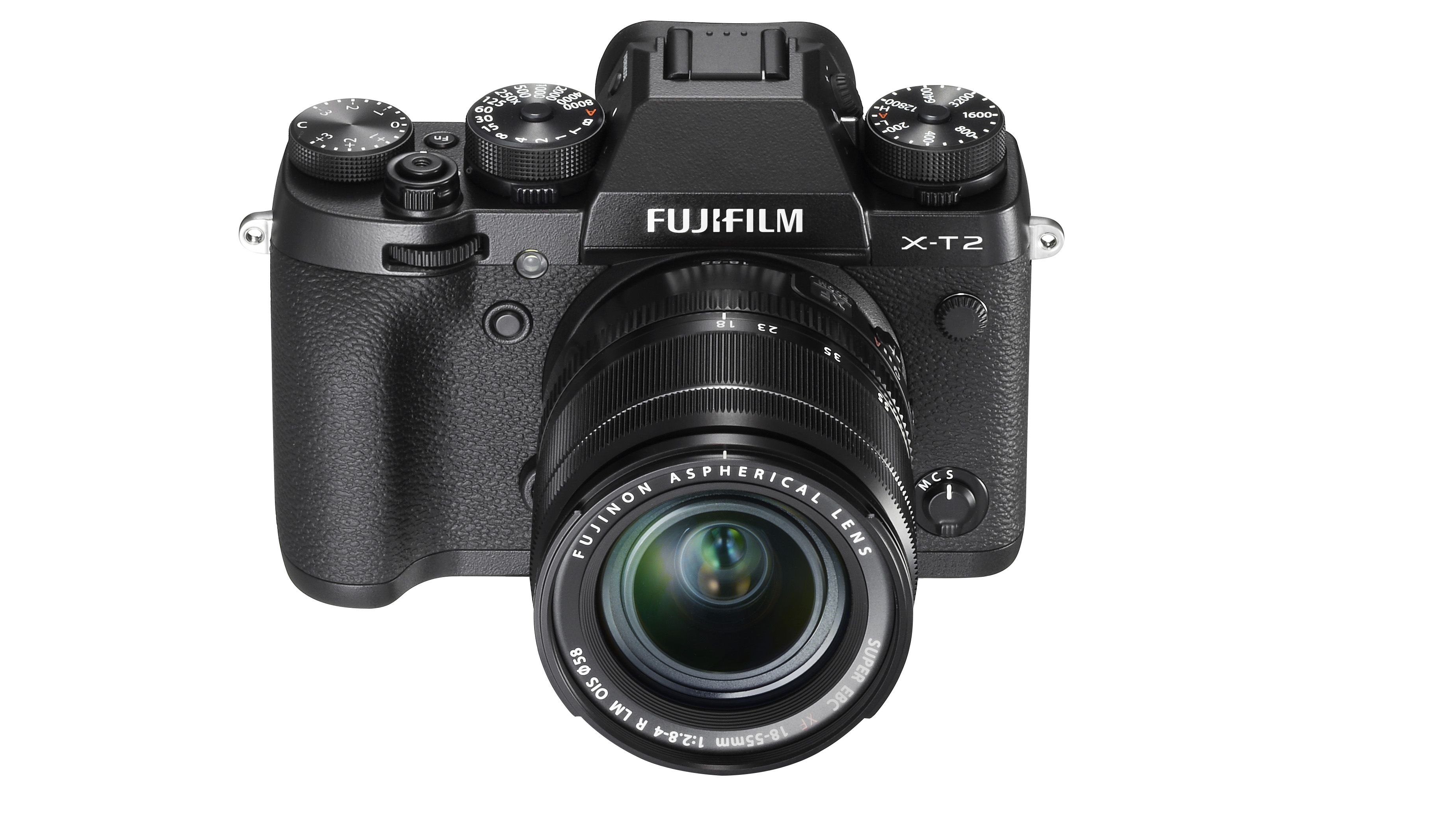
Fuji’s update to the X-T1 may look similar at first glance, but there have been some big improvements and perhaps the biggest of all is the autofocus. A huge leap forward compared with the system found in the X-T1, AF tracking of moving subjects is very snappy, while the level of sophistication and customisation is impressive. Add in 8 frames per second burst shooting, a clever double-hinged rear display, bright EVF, Fuji’s excellent 24.3MP X Trans III CMOS sensor and plenty of body mounted controls and you’re left with one of the best cameras available today.
Read the full review: Fuji X-T2
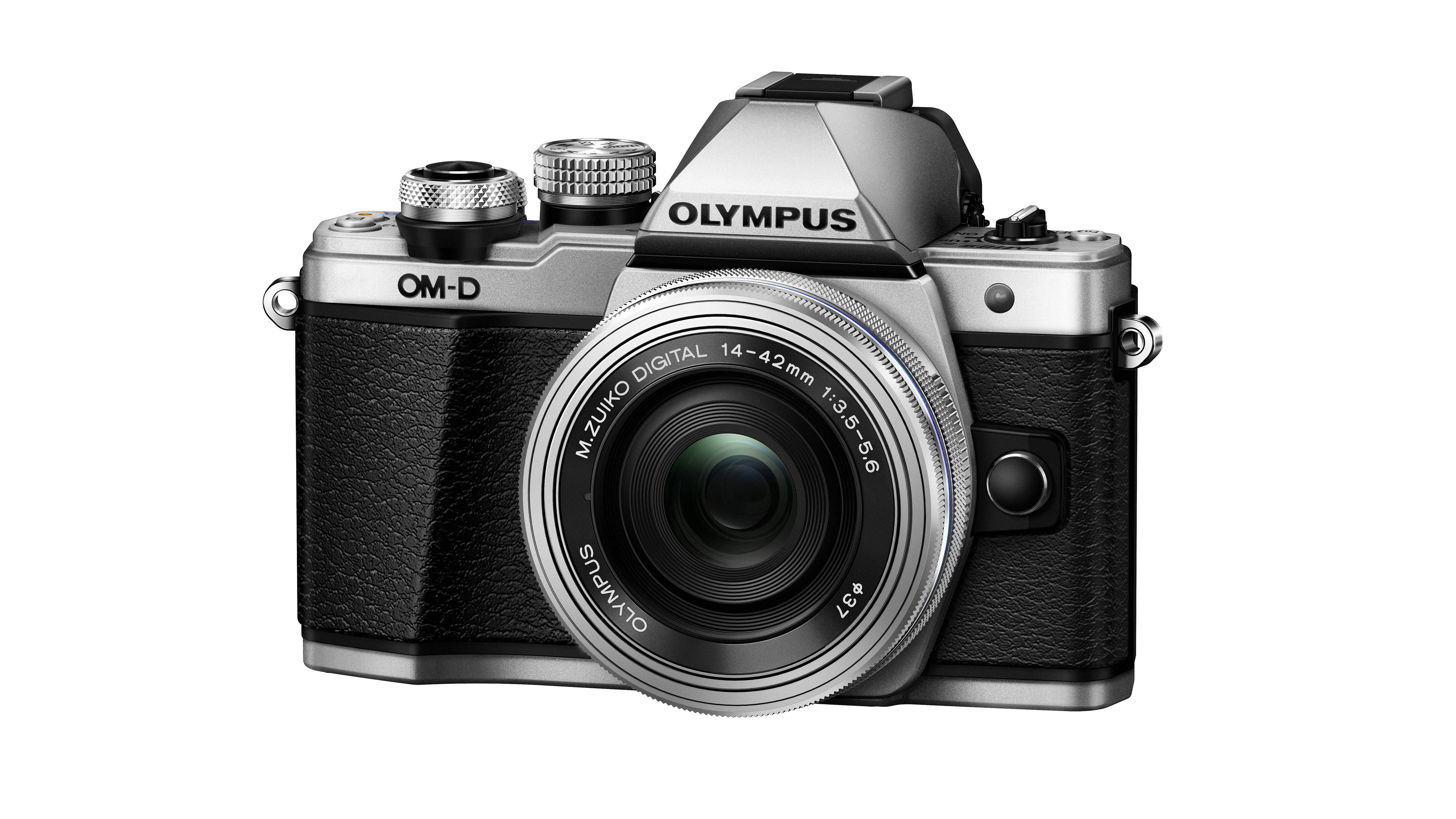
We loved the original E-M10 for its size, versatility and value for money, but the E-M10 II adds features that take it to another level. The old camera’s 3-axis image stabilization system has been uprated to the 5-axis system in Olympus’s more advanced OM-D cameras, the viewfinder resolution has been practically doubled and the continuous shooting speed, already impressive at 8fps, creeps up to 8.5fps. Some will criticise the smaller Micro Four Thirds sensor format (roughly half the area of APS-C) but the effect on image quality is minor and it means that the lenses are as compact and lightweight as the camera itself. It’s small, but it’s no toy – the E-M10 II is a properly powerful camera.
Read the full review: Olympus OM-D E-M10 Mark II
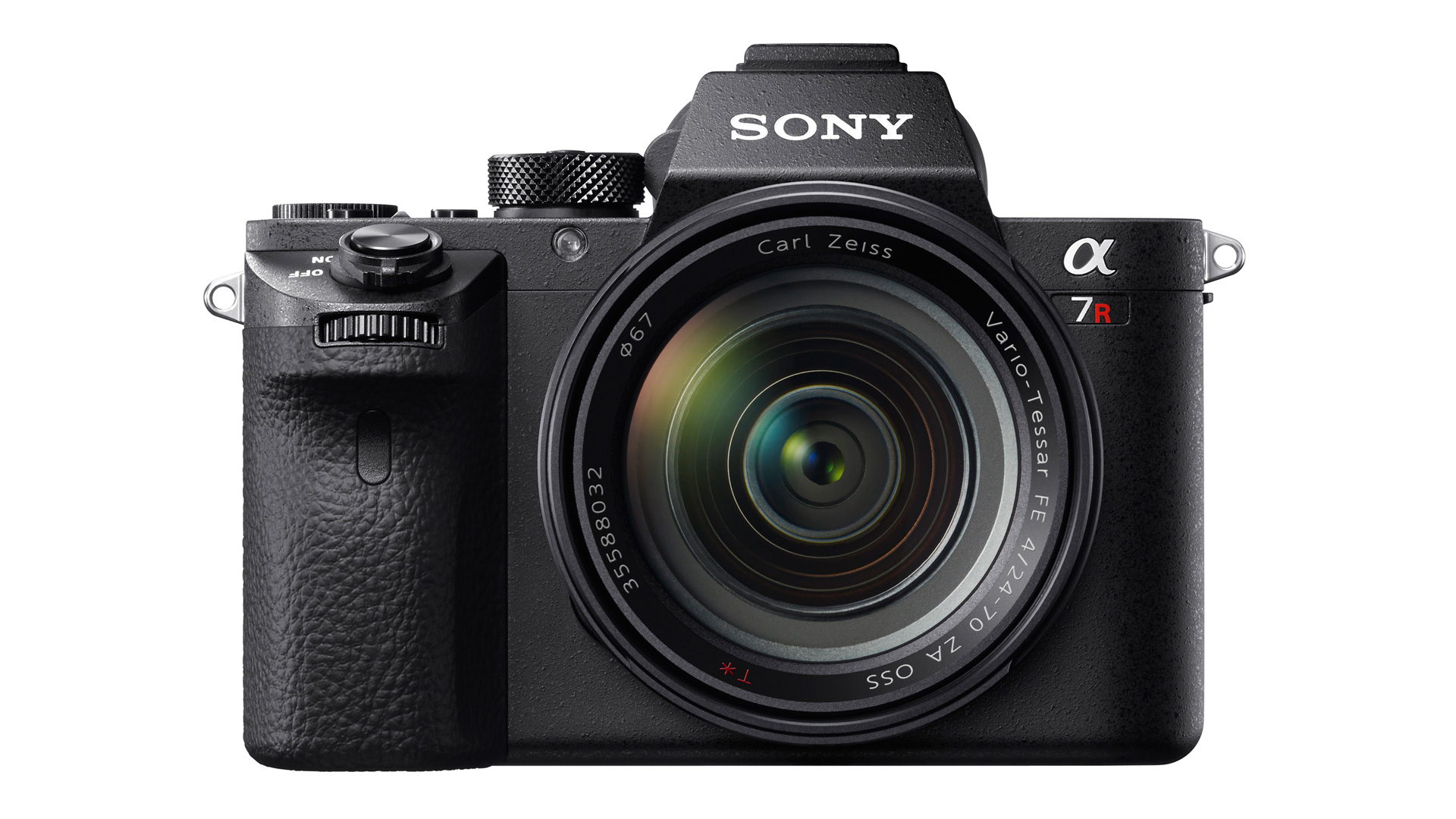
Despite being small enough to fit in unnoticed amongst other CSCs, the Alpha 7 series of cameras have a full-frame sensor. That means the sensor is the same size as a piece of 35mm film, which is good news for image quality and depth of field control. The A7R II has proved especially popular because it has a pixel count of 42.2 million, so it generates huge images that have bags of detail, and noise is controlled well. What’s more, it can also shoot high quality 4K footage and there are lots of professional-level video features available. In addition, there’s an excellent stabilisation system and Wi-Fi/NFC technology built-in.
Read the full review: Sony Alpha A7R II
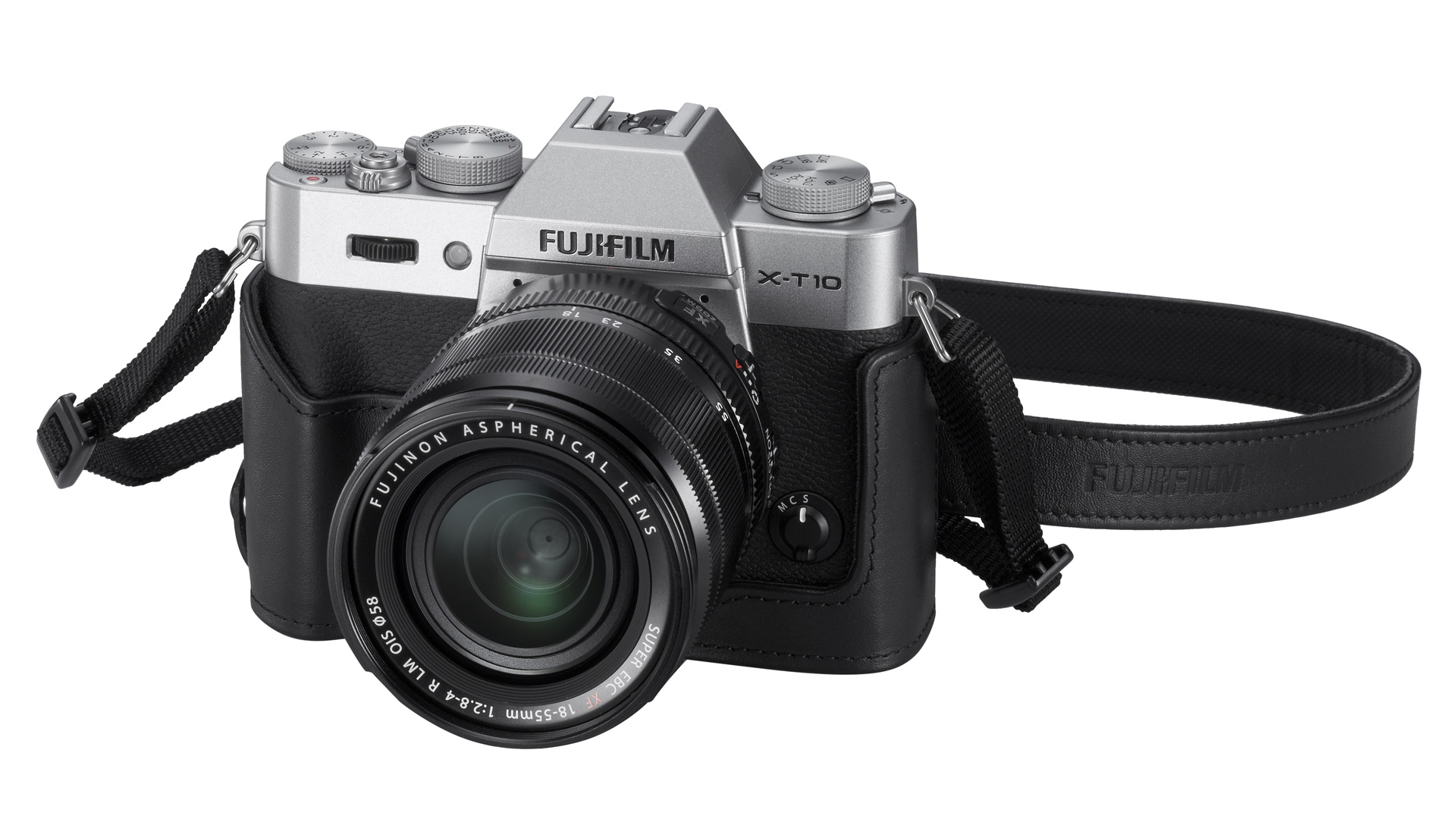
If the X-T2 is a little beyond your budget, then take a look at the X-T10. Sharing many of the same features as the outgoing X-T1, we love the compact DSLR-style body, great handling, superb Fuji image quality and film simulation modes. It may lack the weather-sealing found on the X-T1 and also sports a smaller (but still very good) viewfinder, but that doesn’t detract from what is a brilliant mirrorless camera. The 16-50mm kit lens is good, but if you can stretch to the 18-55mm, it’s worth the extra investment. That’s not forgetting Fuji’s growing range of premium lenses, both prime and zoom.
Read the full review: Fuji X-T10
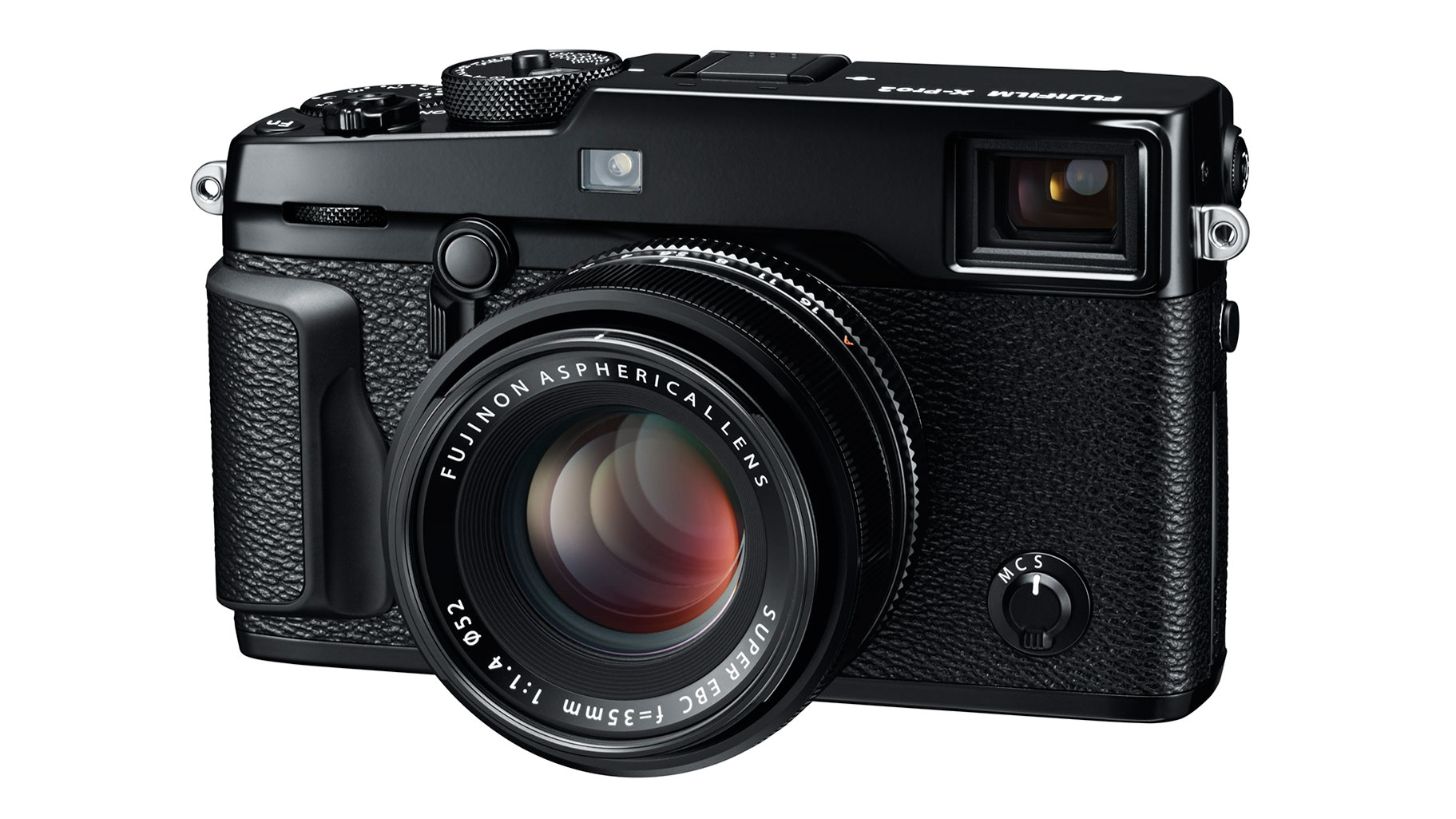
The joint flagship camera in the Fuji range alongside the X-T2, the X-Pro2 is designed for photographers who prefer to shoot with compact primes. Using the same 24.3MP sensor as the X-T2, the AF isn’t quite as advanced, it’s still very capable. Unique to mirrorless cameras though is the X-Pro2’s Advanced Hybrid Multi Viewfinder, offering both the option of an EVF and optical viewfinder, as well an Electronic Rangefinder feature that overlays a small version of the electronic finder in the corner of the optical one. One of the more expensive options out there, but you’ll be rewarded with a great shooting experience and pin-sharp images.
Read the full review: Fujifilm X-Pro2
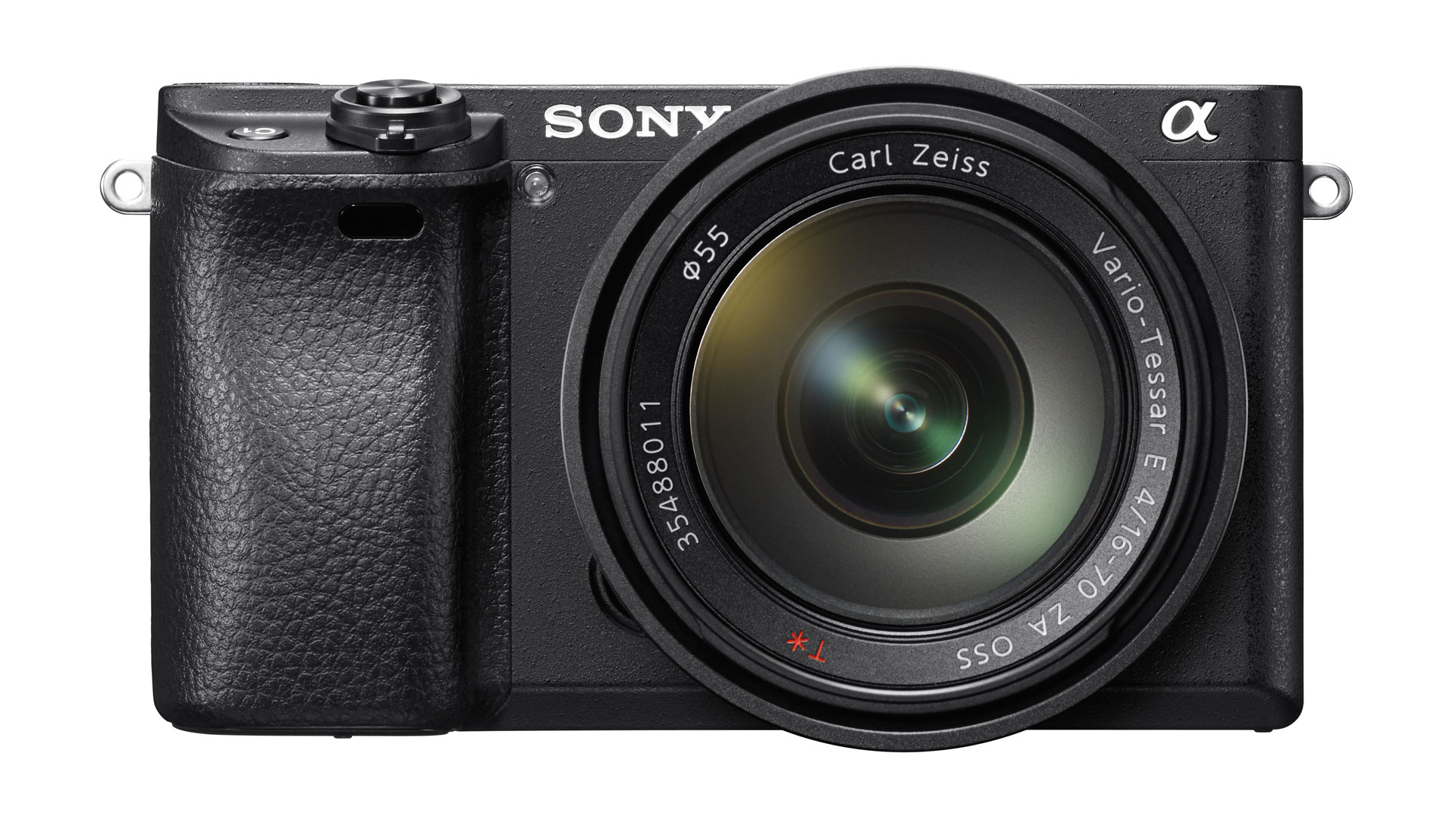
You don’t have to go full-frame to get the benefit of Sony’s great camera technology and this APS-C format model makes a great choice for enthusiasts looking for an alternative to big, heavy SLR. One of the challenges for CSC manufacturers has been to make their autofocus systems as good as the ones in SLRs. The A6300’s comes very close, especially in bright light; it’s able to track moving subjects around the frame and as they move towards or away from the camera. There’s also an excellent electronic viewfinder that makes it easy to see when the subject is sharp and correctly exposed. Image quality is very high and there’s built-in Wi-Fi and NFC connectivity to allow to share images via a connected smartphone.
Read the full review: Sony A6300
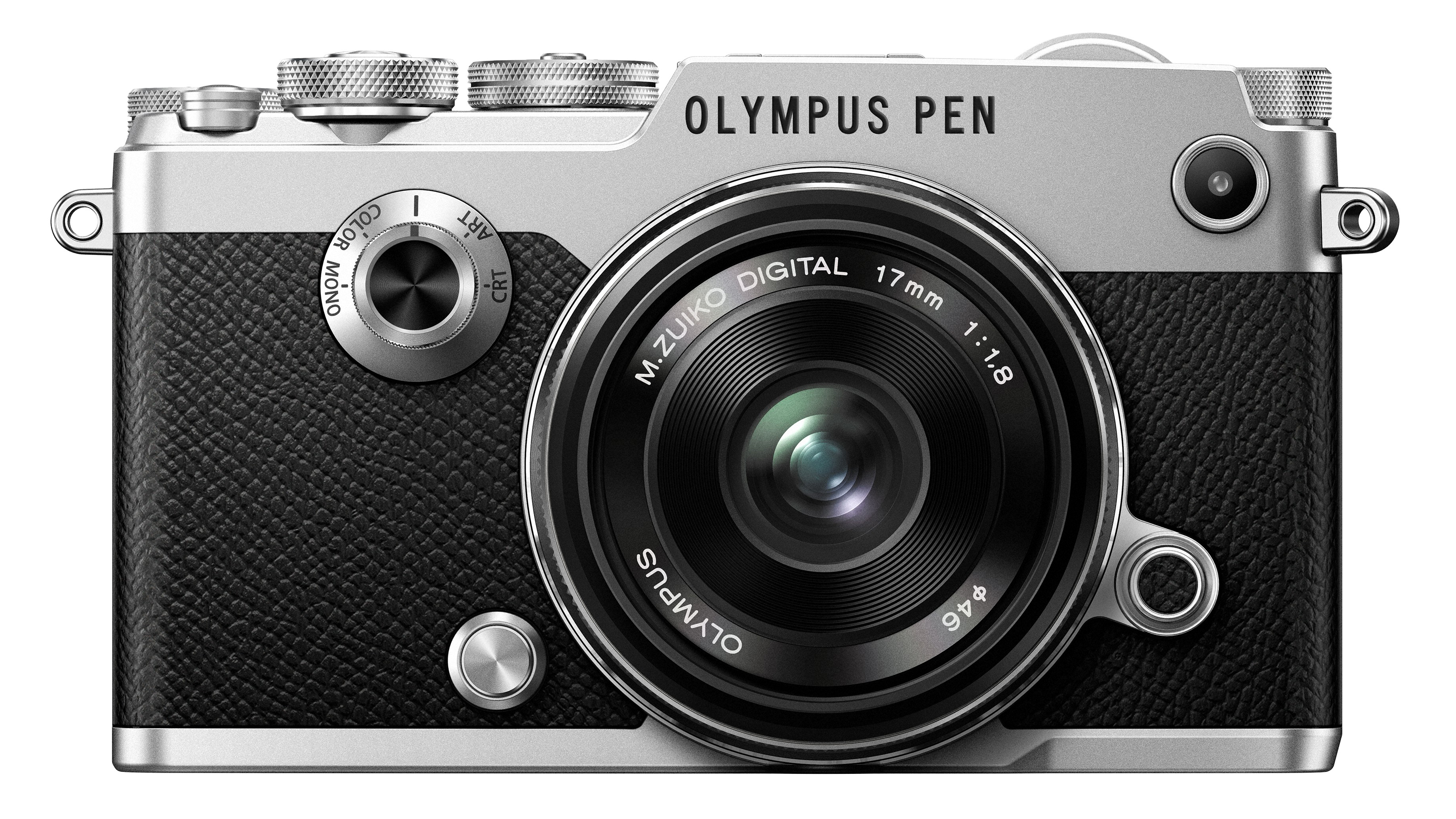
While the design follows that of the original film Pen-F camera from the 1960s, that’s pretty much where any similarities stop, with this modern-day Pen-F featuring Olympus’s latest 20MP Micro Four Thirds sensor. Unlike previous Pen models we’ve seen which rely solely on the rear screen for composition unless you want to invest in an optional attachable electronic viewfinder, the Pen-F incorporates a high-quality OLED EVF integrated into the body with with a resolution of 2.36m dots. There’s also an advanced 5-axis image stabilisation system built in to combat camera shake, while no Olympus CSC could be complete without a selection of Art Filters – the Pen-F has 28 to choose from. Offering plenty of customisation and a host of clever features, there’s also built-in Wi-Fi connectivity to boot.
Read the full review: Olympus Pen-F
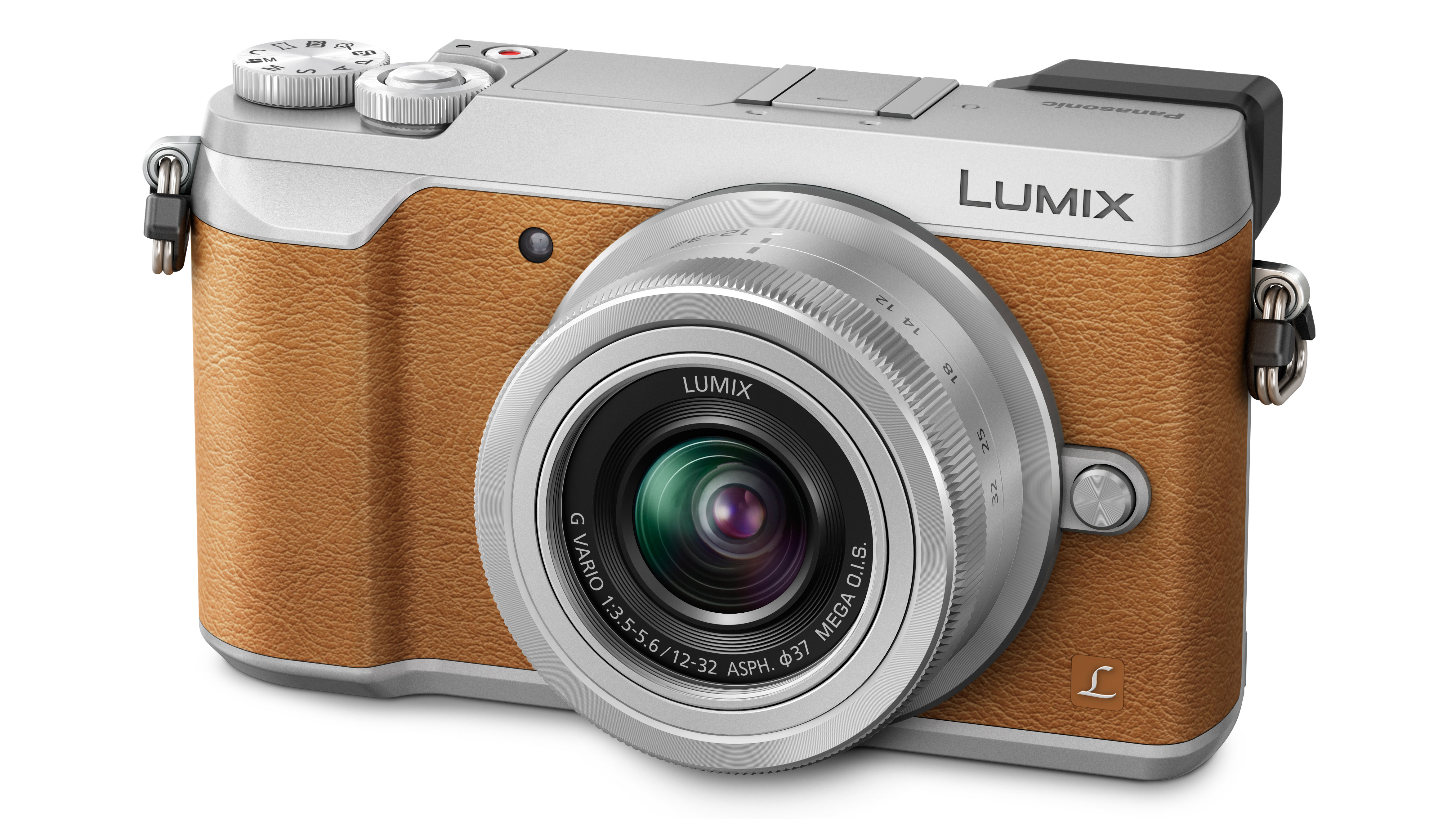
With the GX80 (known at the GX85 in the US), Panasonic’s taken the well-liked GX8 and streamlined some of the features to end-up with an appealing alternative that’s more competitively priced. Despite sacrificing the clever tilting EVF, resolution is actually improved on the fixed EVF on the GX80, and while it also forgoes the 20.3MP Micro Four Thirds sensor and replaced by the older 16MP chip, the AA filter has been removed for sharper images. The GX80 also comes with 4K video capture, with the ability to capture 8MP stills from recorded footage – it’s like a ultra-fast 30fps burst mode). Handling could be a bit more polished, but AF is fast and accurate, compact body and lens combination, very effective in-body anti-shake control and 4K video make this a very well-rounded camera.
Read the full review: Panasonic GX80/GX85
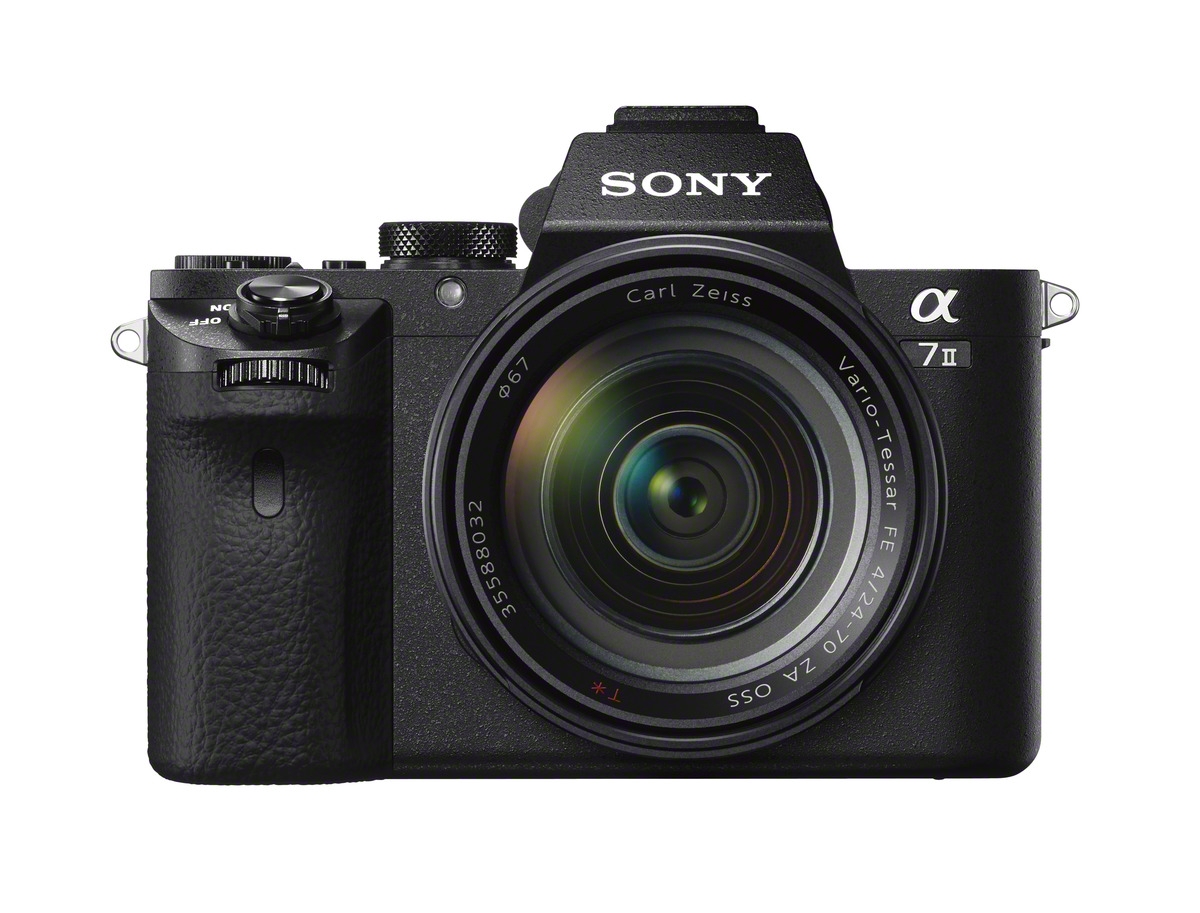
With 24 million pixels the A7 may not be able to able to capture quite the same amount of detail as its high resolution sibling, the A7R II, but as it has the same sized sensor you get the same level of control over depth of field. That means you can make your sharp subject stand out from a blurred background, while the level of detail is excellent. This second-generation model benefits from a number of improvements, including 5-axis image stabilisation, an all-magnesium body and a wide selection of supported video formats.
Read the full review: Sony Alpha A7 II
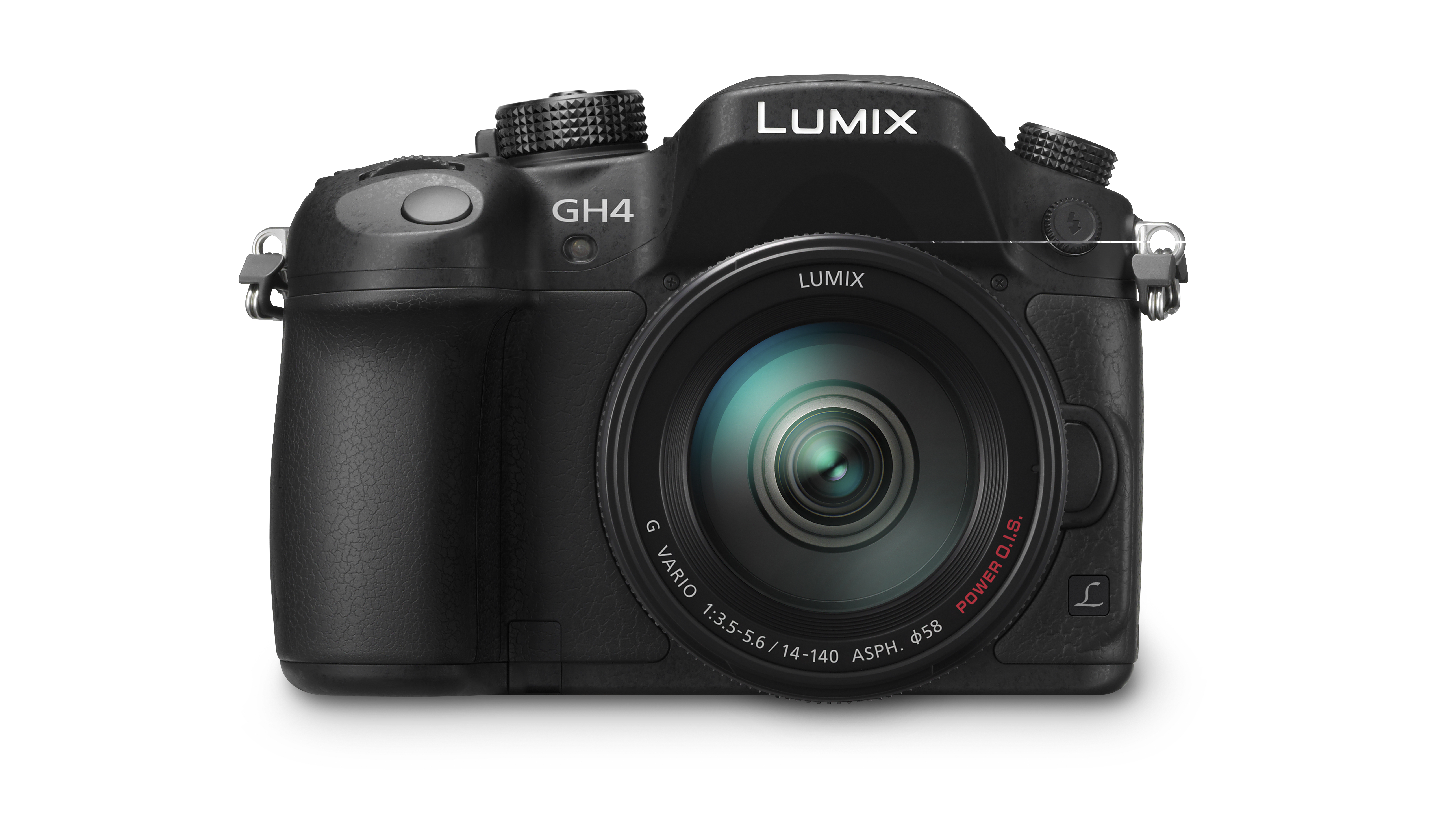
The GH4 was a terrific, ground-breaking camera and its 4K video capabilities became legendary amongst professional film-makers. It’s also a very good stills camera capable of shooting top-quality 16MP images at up to 12 frames per second. You can even extract really good 8MP stills from 4K video shot at 30fps. But all this processing power has made the GH4 expensive, so unless shooting high-speed action stills and video is your speciality, you could be paying for power you won’t use. It’s a firm favourite amongst 4K film-makers and early adopters, however, and while prices have fallen since its launch in 2014, its reputation just seems to keep on growing. It’s been standing still just a little too long, though, with the GH5 expected in early 2017 with a host of improvements.
Read the full review: Panasonic Lumix DMC-GH4